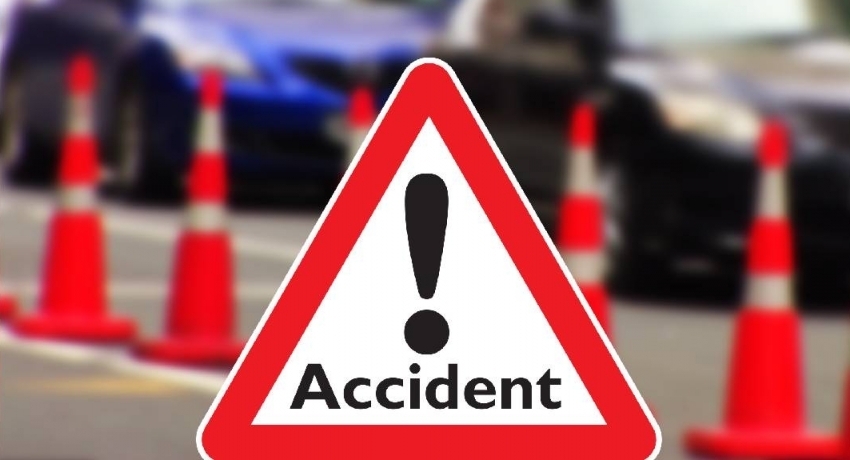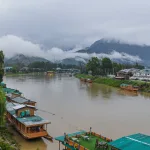PART- II
Leveraging Technology for Safer Roads
Building on the lessons from existing traffic management models, Jammu and Kashmir can adopt a technology-centric approach to address the unique challenges it faces. While Jammu and Kashmir has made remarkable strides in rebuilding its socio-economic fabric, road safety must now be prioritized as a critical concern. By addressing this silent epidemic, the region can protect its citizens and lay a solid foundation for lasting peace and development. One of the key steps in this process is the implementation of a state-of-the-art, real-time traffic management system in collaboration with the National Informatics Centre. This new system will connect data from Intelligent Traffic Management System (ITMS) cameras directly to traffic officials, enabling prompt responses to traffic congestion, accidents, stolen vehicles, and other critical incidents. By leveraging platforms like Google Maps, the control room will monitor traffic conditions and dispatch officers to clear congestion swiftly, ensuring smoother and safer travel for all. Further enhancing this vision, the use of CCTV cameras at major intersections, roads leading to popular destinations, and high-traffic areas will be expanded. These cameras not only help monitor traffic but also serve as a deterrent for violators. Speed cameras and Automatic Number Plate Recognition (ANPR) devices will be installed to track speeding vehicles and enforce regulations more effectively.
Proactive policing, similar to Chandigarh’s “no-nonsense” approach, will ensure that traffic officers are highly visible and vigilant, conducting surprise checks at key locations, including busy intersections and highways. Additionally, hidden surveillance strategies, like those used in Chandigarh, could be adopted in Kashmir, where traffic officers are strategically positioned to catch offenders unaware, especially in areas known for frequent violations. This combination of technology, vigilant policing, and community involvement will create a more accountable and disciplined road environment.
The Integrated Traffic Management System (ITMS) model in Telangana provides an excellent example of how technology can streamline traffic regulation. High-resolution smart cameras installed at key junctions monitor violations such as signal jumping, speeding, and improper parking in real-time. The system’s ANPR technology captures license plate details of offenders, enabling the automatic issuance of e-challans, which are linked to vehicle registration numbers. These e-challans can be easily paid through a dedicated portal or mobile applications, and persistent non-payment results in penalties, such as disruptions during vehicle registration renewals. This technological integration promises to bring about a new era of efficient traffic regulation and enforcement in Jammu and Kashmir, ensuring safer roads for all.
Conclusion
While Jammu and Kashmir has made remarkable progress in rebuilding its socio-economic fabric, road safety remains an underappreciated yet critical concern. Addressing this silent epidemic requires a multifaceted approach that combines advanced traffic management systems, robust enforcement, and community-driven awareness campaigns. By prioritizing road safety, the region can significantly reduce preventable fatalities, enhance public trust in governance, and foster a culture of responsible driving. These measures will not only improve public safety but also reinforce the region’s trajectory toward peace, sustainable development, and long-term socio-economic stability. Safeguarding lives on the road is not just a policy imperative but a moral obligation to ensure a peaceful and prosperous Jammu and Kashmir.
(Concluded…)
(Author is currently working as Assistant Professor in University Institute of Legal Studies, Chandigarh University. Feedback: [email protected])








